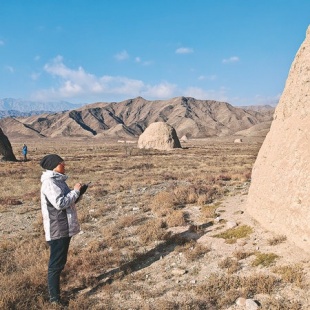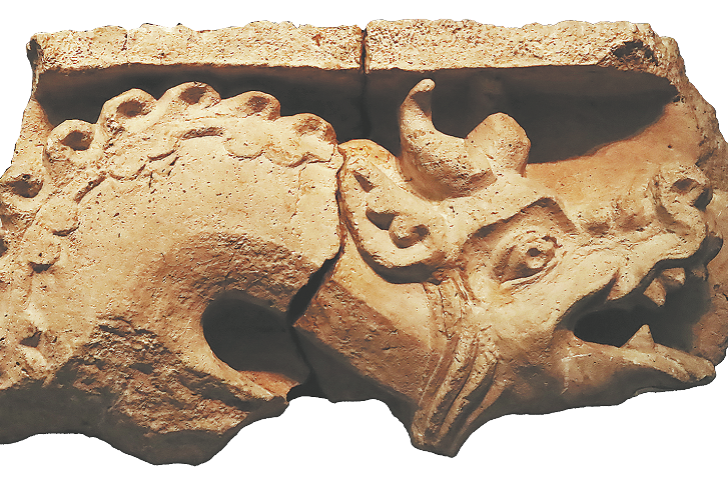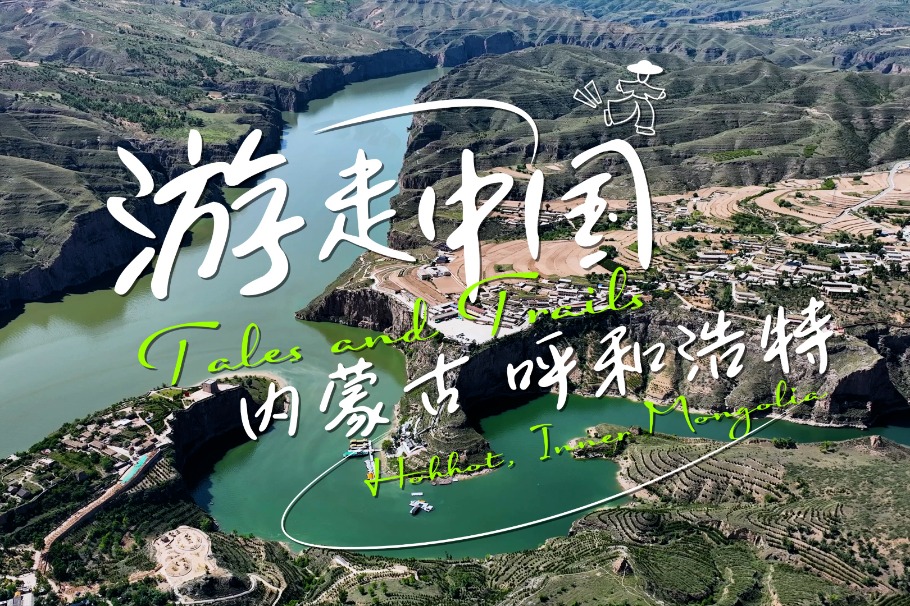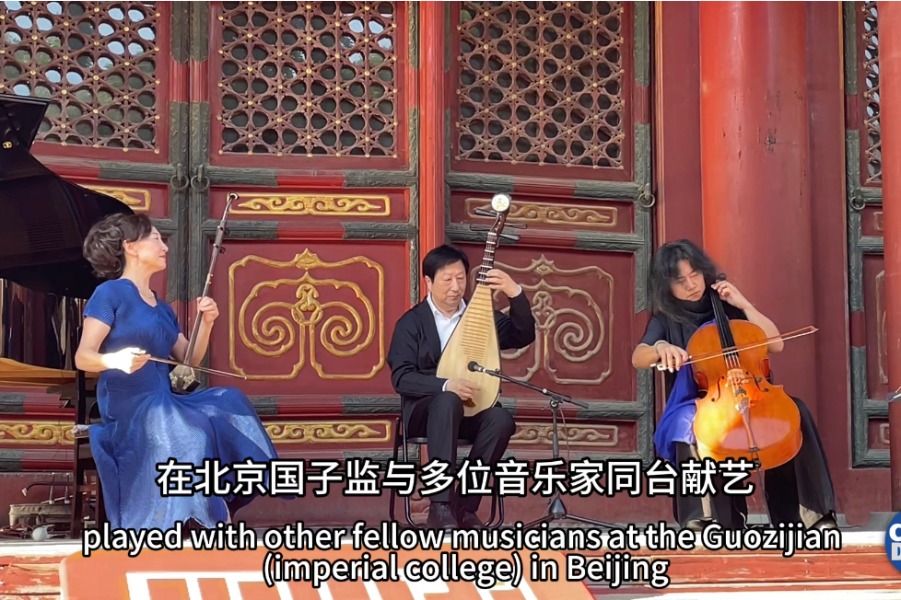Restoring and maintaining tombs ensure legacy lives on

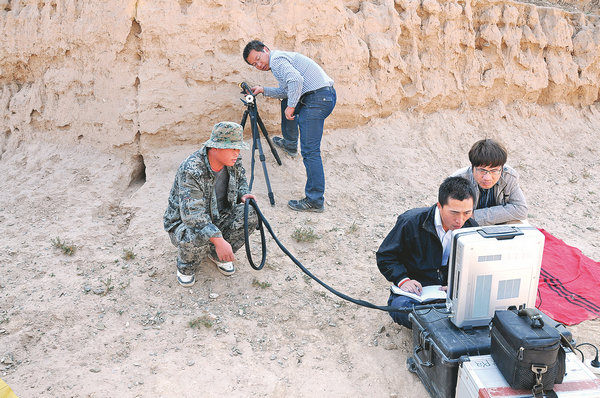
No matter the desert, Yang Shanlong, a researcher at the Dunhuang Academy in Gansu province, is devoted to prolonging the life of the earthen heritages that are key testimonies to history.
Over the years, the 43-year-old conservation expert has shared Dunhuang's advanced techniques for protecting earthen sites with the Xixia Imperial Tombs in Yinchuan, Ningxia Hui autonomous region.
Standing at the eastern foothill of the Helan Mountains for nearly a millennium, the tomb complex, a newly minted UNESCO World Heritage site, is one of the largest existing cultural sites of the Xixia Dynasty (1038-1227).
When Yang arrived at the site for the first time in 2007, he found time had left its mark. Base erosion leading to recesses in the wall surfaces was a common phenomenon on many remains, which then led to smaller bases that made the relics unstable and at risk of collapse in the event of an earthquake.
According to Yang, erosion is caused by the repeated dissolution and crystallization of salt, which is often abundant in arid soil and happens under the influence of water in the earthen sites. Such salt damage can be especially prominent at the remains' bases, leading to the loosening of soil and peeling from the main body.
Moreover, cracks on the earthen buildings allow water to enter, and heavy rains sometimes wash away parts of the remains.
"Water is the major risk for earthen sites," says Yang, who adds that the tombs are located at the juncture of arid and semi-arid regions, where it rains relatively frequently compared with other northwestern areas.


